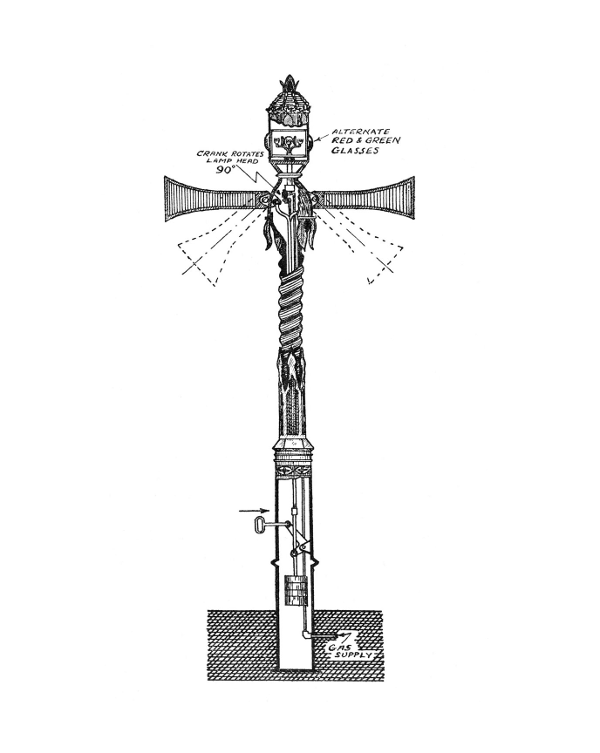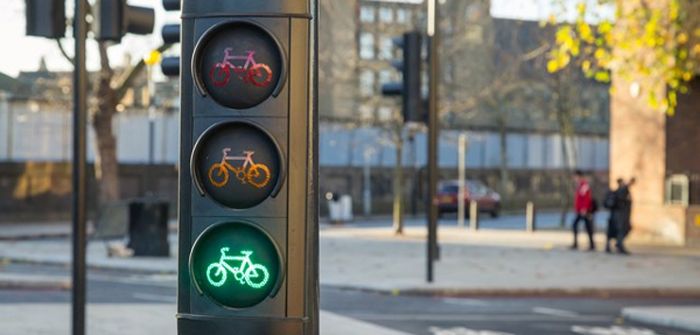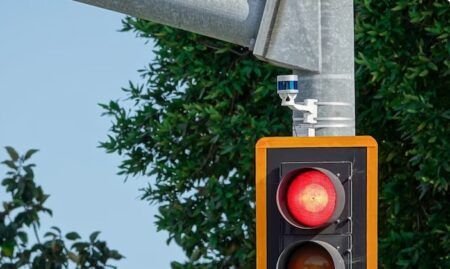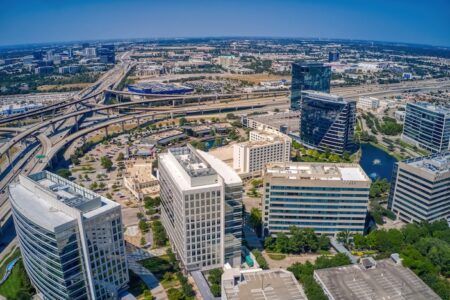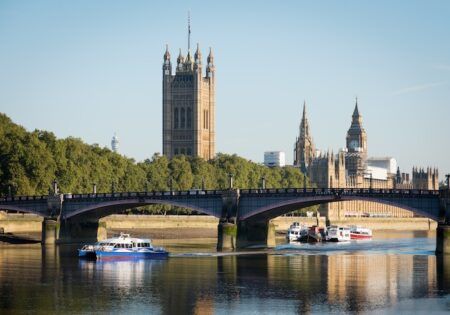Transport for London (TfL) is marking the 150th anniversary of the world’s first traffic light this week, highlighting the huge improvements that effective signaling has brought for those using the roads each day and announcing the next generation of traffic light improvements.
The world’s first traffic light was installed outside the UK’s Houses of Parliament in December 1868 to counteract the high numbers of people being killed on the roads. Despite there being no cars at that time, more than 1,000 people were dying on London’s streets every year.
Designed by engineer John Peake Knight, and towering 20ft (6m) above the carriageway, the first traffic light resembled a railway signal with waving arms to indicate ‘Stop’. It included the familiar red and green lights, but not amber, was powered by gas, and required police constables to change the light manually using switches. The huge signal was removed after a month, when a policeman was seriously injured in a gas explosion and traffic lights did not return to the capital until 1926.
Since then, they have become an absolutely vital part of the transportation network, with TfL responsible for 6,000 traffic signals in London, which are optimized to help traffic flow as smoothly and safely as possible, while balancing the needs of all road users.

The city’s extensive SCOOT (Split Cycle Offset Optimization Technique) real-time adaptive system uses sensors to detect traffic and adjust the signal timings to manage queues, tackle congestion and give buses priority if they are running late. This alone keeps traffic delays 13% lower than they would be otherwise.
In the latest improvements to the traffic light system, TfL is working to save 15,000 hours every day for people walking, cycling and taking the bus, by reducing wait times and giving them more opportunities to cross London’s roads.
This work includes reducing pedestrian wait times at the most-used crossings, such as those close to schools, shopping centers and transportation hubs. Reducing wait times will also help reduce road collisions as part of the Mayor and TfL’s ‘Vision Zero’ program to eradicate death and serious injury from the city’s roads.
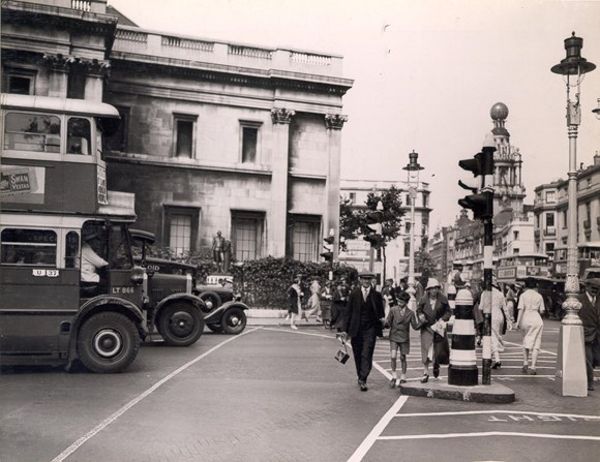
Around 85% of pedestrians cross within 30 seconds of arriving at a crossing, so reducing pedestrian wait times encourages people to wait for the ‘green man’, which is the safe invitation to cross.
“Traffic lights have played a big role on London’s streets for 150 years and we’re pleased that we can extend the benefits to people walking and cycling,” said Glynn Barton, director of network management at TfL. “Our world-leading retiming work has already saved 13,000 hours of journey time every day for people using sustainable travel since we began in April, and we expect to save thousands more in the coming months. This work involves balancing the needs of all road users, including people walking and cycling.”

London’s Walking and Cycling Commissioner, Will Norman, commented, “London’s innovation led the world 150 years ago and we’re continuing to do so, by developing new signal technology to reduce road danger. We are working with Living Streets and other community groups to identify the crossings where improvements are needed most.”
